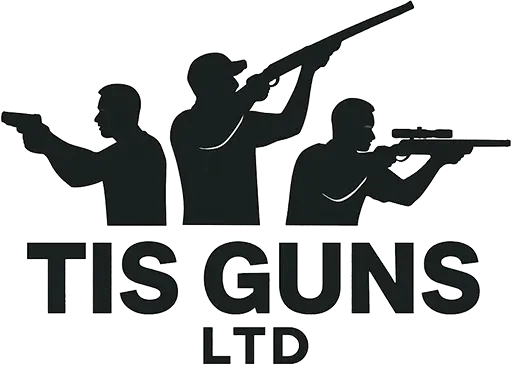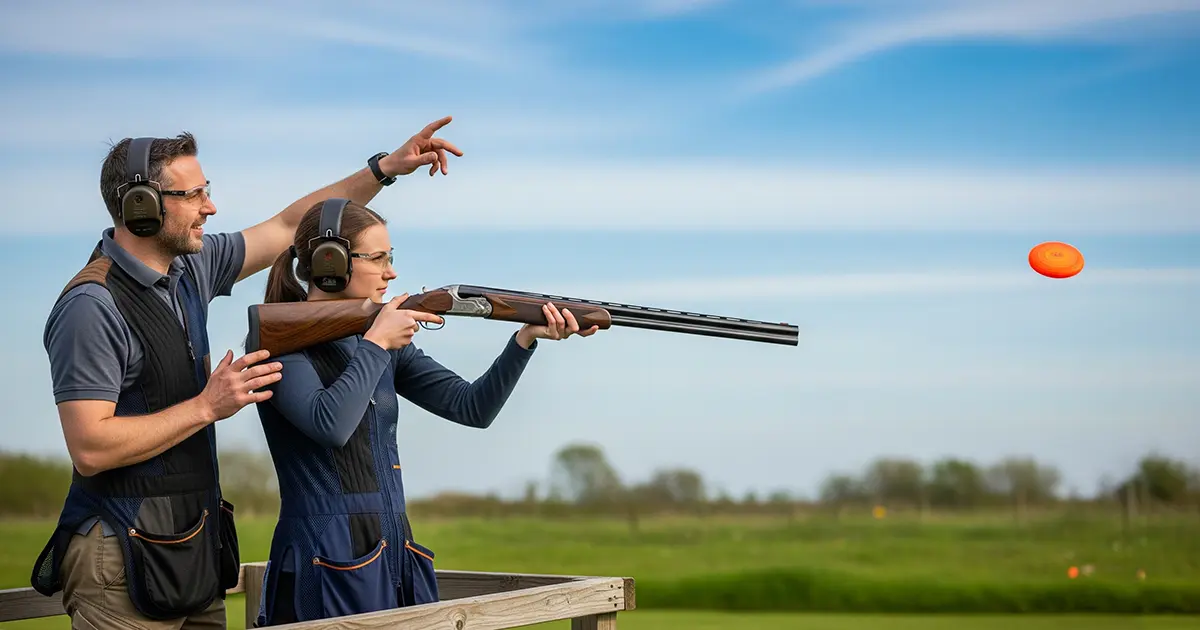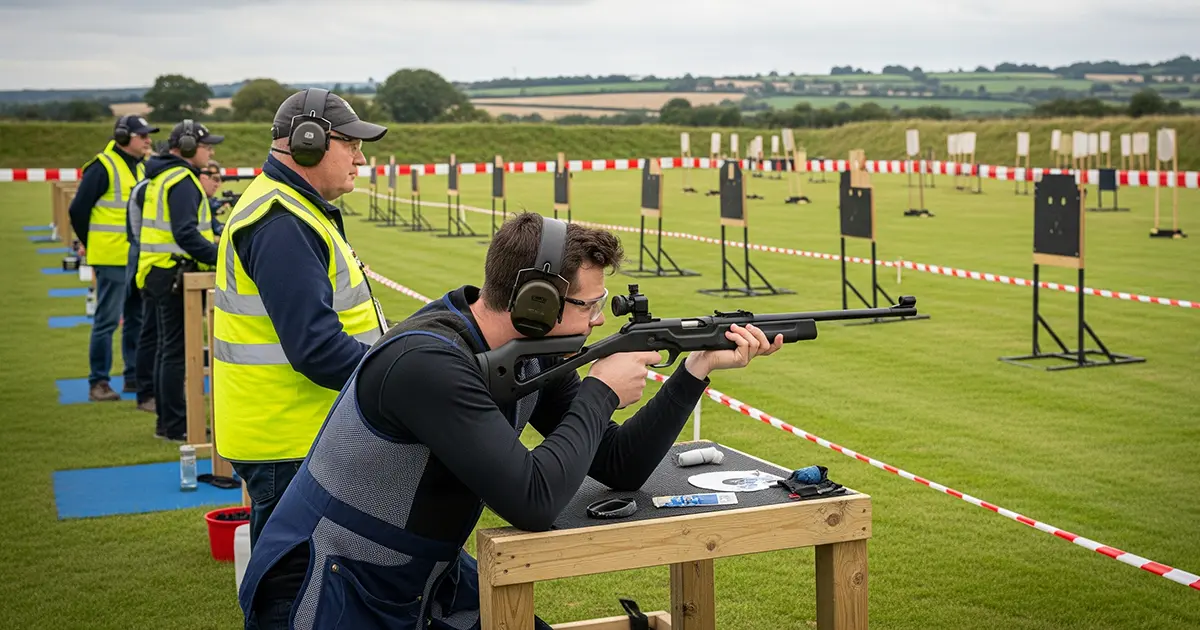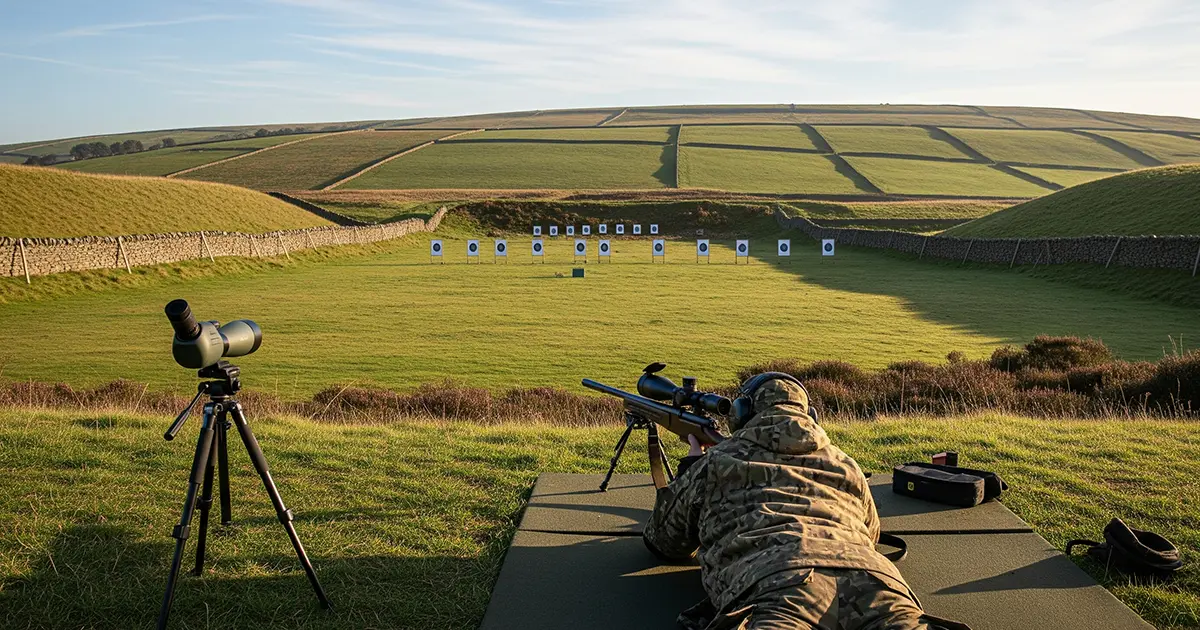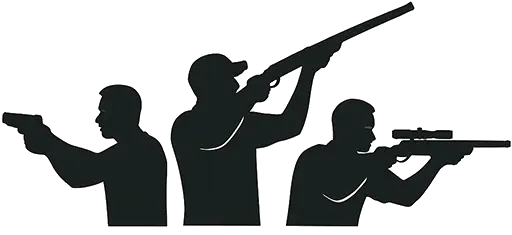Clay pigeon shooting is one of the most accessible and rewarding shooting sports in the UK. Whether you are drawn to the precision of trap, the rhythm of skeet, or the variety of sporting clays, getting started is about more than just pulling the trigger. It involves understanding the disciplines, building solid technique, choosing the right equipment, and finding the right environment to develop your skills.
David Bellamy, Managing Director of The Instinctive Shooter, has been helping newcomers and seasoned shooters alike for decades. “The biggest thing I tell beginners is to take it one step at a time,” he says. “Get the foundations right first, then you will enjoy it far more and progress more quickly.”
Understanding the Disciplines
One of the first decisions you will make is which type of clay shooting to try.
- Trap: Targets are released from a single machine, travelling away from you at different angles.
- Skeet: Targets cross in front of you from two fixed points, requiring fast reactions and consistent swing.
- Sporting Clays: Designed to mimic real game shooting, targets can come from any direction and vary in speed.
If you are not sure where to start, try a “have-a-go” session at a local club where you can experience all three before settling on your preference. Many shooters find that sporting clays provide the most variety, while trap and skeet offer a more structured challenge.
Building Solid Technique
Good shooting starts with a balanced stance, a smooth mount, and controlled follow-through. Beginners often struggle with feeling awkward or tense when mounting the shotgun.
- Stance: Feet shoulder-width apart, weight slightly forward, and a stable base that allows you to swing naturally.
- Gun Mount: Bring the shotgun to your cheek first, then into your shoulder, keeping your head still.
- Lead: Picture where the clay will be, not where it is. Think of it like throwing a ball to someone running past you.
A simple tip from David: “Practise mounting your gun at home with it unloaded. Do ten slow, deliberate mounts a day and you will see a huge difference on the range.”
Choosing the Right Equipment
You do not need to buy a gun straight away. Most clubs offer loan guns and can advise on fit and suitability. If you decide to buy, consider:
- Gun Fit: A shotgun that fits you will feel natural and help you hit more targets.
- Choke: Beginners often start with a more open choke to give a wider shot pattern.
- Cartridges: Standard 28-gram loads are common for clay shooting, offering a good balance between recoil and performance.
The Instinctive Shooter stocks a range of shotguns from entry-level to competition-ready models, along with cartridges suited to each discipline. Trying a few combinations before committing is the best way to make an informed choice.
Finding the Right Club
Walking into a shooting club for the first time can feel daunting, but most are friendly and keen to welcome new members. Look for a club that offers:
- Structured beginner sessions
- Loan equipment
- Clear safety briefings
- A mix of disciplines
David often recommends local Lincolnshire clubs to newcomers, making introductions to help break the ice. “Once people meet a few members and have their first few clays broken, the nerves vanish,” he says.
Managing Costs
Clay pigeon shooting can be as affordable or as expensive as you make it. A typical session might include 25 to 50 clays, cartridges, and range fees. Joining a club often reduces costs, and many offer discounts for younger members.
A practical way to keep expenses manageable is to focus on quality practice over sheer quantity. Short, focused sessions where you work on specific targets will improve your skills more than long, unfocused outings.
Setting Realistic Expectations
It is easy to feel frustrated if you are not hitting clays consistently after your first few tries. Remember, even experienced shooters miss. Progress comes from building muscle memory and reading targets more instinctively.
One customer who started with The Instinctive Shooter in 2023 shared, “I hit two out of my first twenty clays and was ready to give up. Dave encouraged me to stick with it, and now I regularly shoot 75% on sporting layouts.”
Safety and Etiquette
Before you shoot, you will be given a safety briefing. Listen carefully and follow it at all times. Basic etiquette includes keeping your gun broken when not shooting, not loading until instructed, and being aware of those around you.
Clubs are communities, and a good reputation starts with safe and considerate behaviour.
Final Thoughts
Clay pigeon shooting offers a combination of challenge, skill, and camaraderie that few sports can match. With the right guidance, equipment, and mindset, your first steps into the sport can be the start of a lifelong passion.
The Instinctive Shooter is here to help at every stage, from your first lesson to your first competition. Whether you need advice on gun fit, cartridges, or finding the right club, you can rely on our experience to guide you.
Your First Clays: Common Questions Answered
Do I Need A Shotgun Certificate To Try Clay Pigeon Shooting?
No, you can try clay pigeon shooting without a shotgun certificate if you attend a registered shooting ground under the supervision of an instructor. If you decide to buy your own gun later, you will need to apply for a certificate through your local police force.
Which Clay Shooting Discipline Is Easiest For Beginners?
Many newcomers find sporting clays more forgiving because of the variety of targets and the slower pace between shots. However, skeet and trap can also be beginner-friendly with the right coaching and a focus on learning the basics first.
How Many Cartridges Should I Bring To My First Clay Shooting Session?
For a typical beginner’s lesson or taster session, 25 to 50 cartridges are usually enough. If you are practising regularly, you might go through 75 to 100 in a longer session.
What Should I Wear For Clay Pigeon Shooting?
Comfortable clothing that allows free movement is best. Avoid anything too loose that could catch on the gun, and wear ear and eye protection which most clubs can provide if you do not have your own.
Can Children Take Part In Clay Pigeon Shooting?
Yes, most clubs welcome younger shooters as long as they are physically able to handle the shotgun safely and follow instructions. There is usually a minimum age, often around 10 to 12, but this can vary between clubs.
How Long Does It Take To Get Consistent At Hitting Clays?
It depends on how often you practise and the quality of your instruction. With regular sessions and focused coaching, many people see noticeable improvements within a few months.
Is It Worth Buying My Own Shotgun From The Start?
Not necessarily. Many beginners start by using a club gun until they have a better idea of what suits them. Once you are more confident and know your preferred discipline, investing in a well-fitted shotgun can make a big difference.
